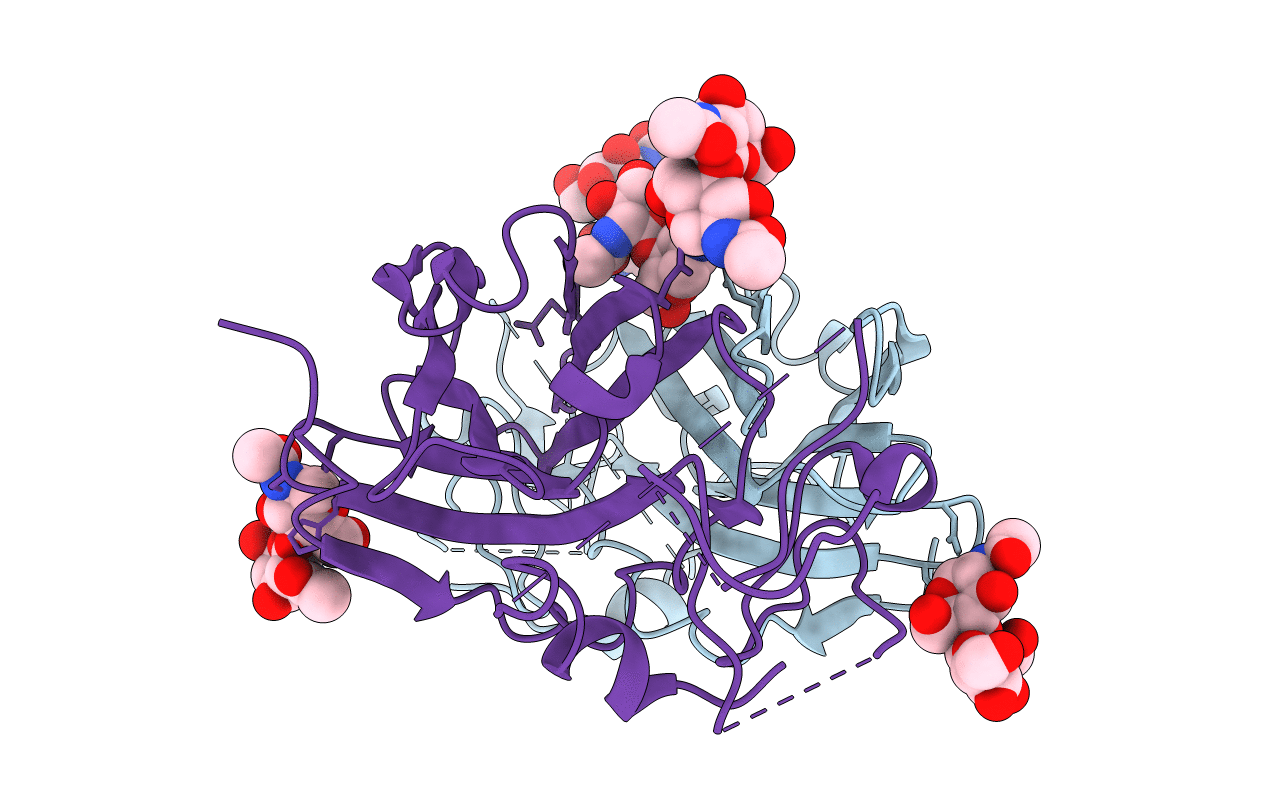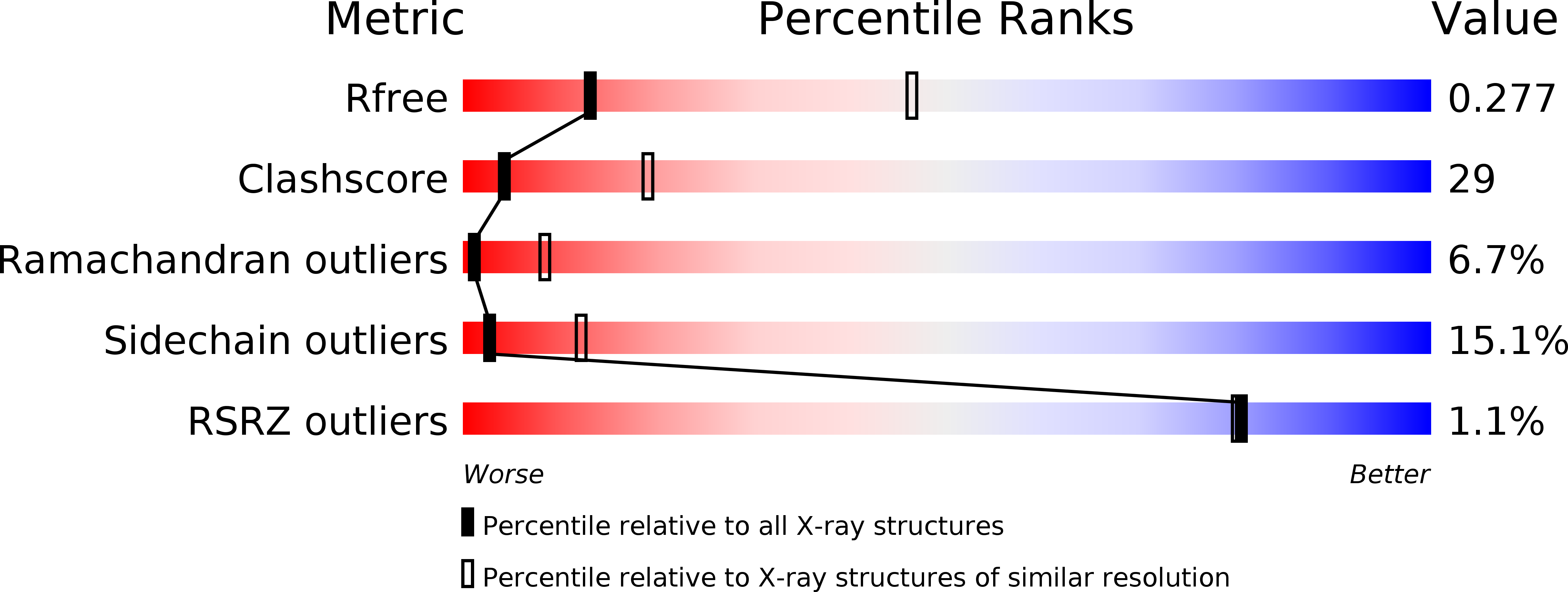
Deposition Date
2013-03-13
Release Date
2014-02-26
Last Version Date
2024-11-27
Entry Detail
PDB ID:
4JM0
Keywords:
Title:
Structure of Human Cytomegalovirus Immune Modulator UL141
Biological Source:
Source Organism:
Human herpesvirus 5 (Taxon ID: 295027)
Host Organism:
Method Details:
Experimental Method:
Resolution:
3.25 Å
R-Value Free:
0.27
R-Value Work:
0.20
R-Value Observed:
0.20
Space Group:
P 32 2 1


